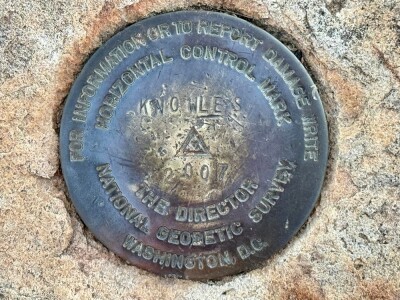So much of what we have for technology in the 3D data capture space was spurred by military applications. Just the other day, I learned that Kevin Williams, founder of ClearEdge, was formerly working for the DoD. The new white light scanner that SIS just got patented may be great for soccer trophies, but it was created for a DoD request. Thus, it might be interesting to see what the Army is looking for in terms of technology needs if we’re interested in predicting the future of the market.
It just so happens that Defense Systems has an interview with Joseph Fontanella, director of the Army Geospatial Center, in Alexandria. Let’s see what we can find out.
First, I found it interesting that he’s technically part of the Army Corps of Engineers, who have been adopters of 3D technology on a few different fronts, including the Joint Airborne Lidar Bathymetry Technical Center of Expertise, which has the awesome acronym of JALBTCX, and much more. Here’s what Fontanella sees as how the Army would like to make use of this geospatial information:
So this enterprise that we’re working toward really is focused on promulgating a common operating picture that allows Army operations and unified mission command to achieve what we would like to call shared situational awareness between U.S., cross U.S., and coalition elements. And the way we get there is through standardized geospatial information collection, management, analysis, visualization, and dissemination.
This is key. Just yesterday I was watching a demonstration of photogrammetry for accident scene reconstruction. When I asked for a copy of the diagram, the sergeant just sighed: He could give me a pdf, usually, but that wasn’t working on his software package anymore. Could I take a DXF file? Um, no. If some entity like the Army can drive more uniform standards for viewing geo-referenced 3D data, that would be eminently helpful. We’ll see. Often, what the military sees as standardized isn’t practical for commercial purposes.
Also, it’s clear that we need more easy ways to attach intelligence to the collected data:
We focused in the past on hard-copy mapping products, like the standard topographic line maps that traditionally have been produced by NGA and its legacy organizations.
They’re still critical to current operations, but we also need more detailed, interactive digital geospatial data and the enterprise technology that goes along with it, which is essential to today’s warfighters.
We need to figure out ways to capture the data, then allow people in the field to mark it up on portable devices, then upload that data back up to a central database so it’s immediately available to everyone. And it can’t involve a middle modeling step.
We also learn later in the article that there’s nearly $1 billion that the Geospatial Center has set aside to accomplish some of these projects. The most interesting one might be for high-resolution 3D geospatial, $497 million. It looks like we won’t get details on till 1Q 2013, but when you’re talking high-resolution 3D, you’re probably talking large-scale laser scanning.
It will be interesting to see how the Army continues to embrace 3D data acquisition and how it serves that data back up to its constituent parts.





